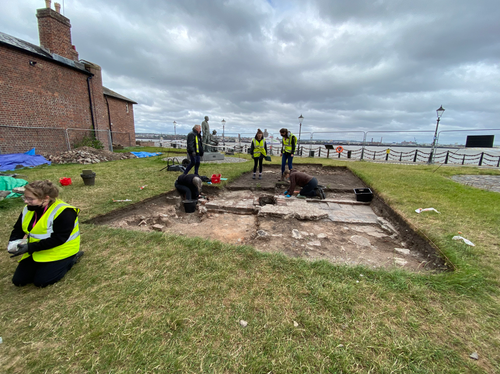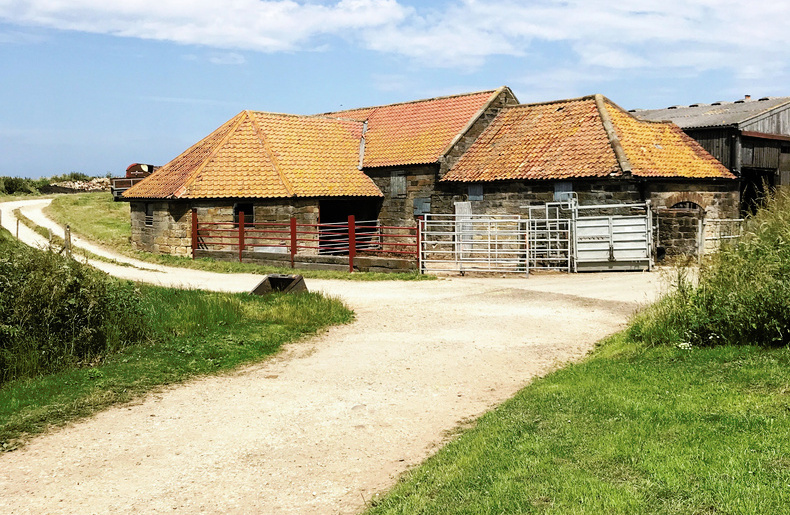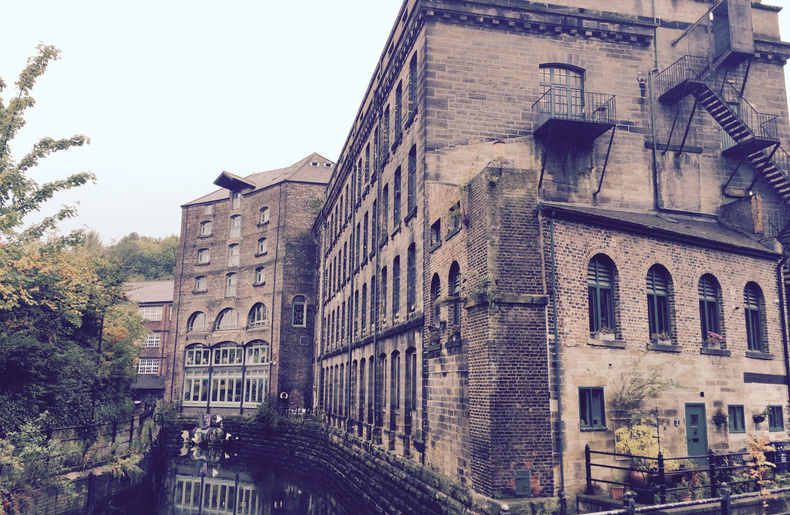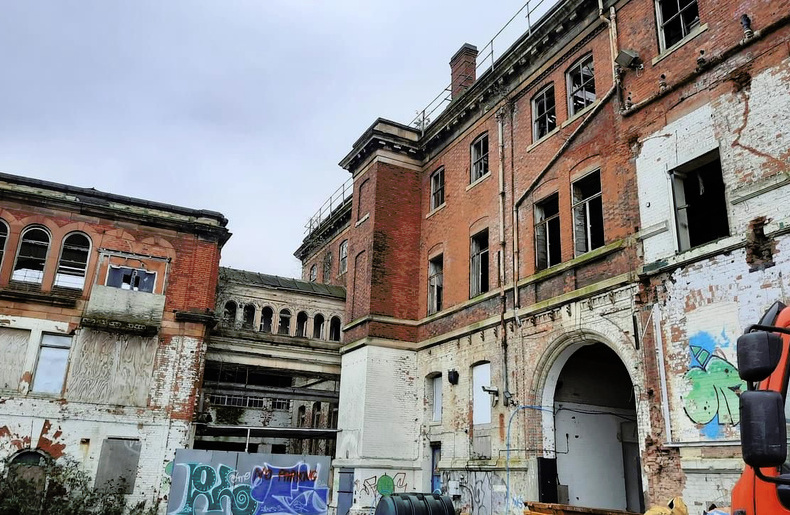Every year, thousands of planning applications affect historic buildings and archaeological sites across England and Wales. Many of these proposals involve changes, big and small, that can have lasting impacts on how we connect with the past in the places we live, work, and visit.
As one of the seven National Amenity Societies, the Council for British Archaeology (CBA) plays a key role in the planning system. We are a statutory consultee on Listed Building Consent applications involving demolition or alteration of historic fabric, and we also comment on planning proposals that may affect archaeological interest, whether designated or not.
But we can’t see everything on our own. We rely on local knowledge, community insight, and your vigilance to help us understand where we can make the greatest difference.
If you’re concerned about a planning application, we want to hear from you.
Our priorities for comment
Impacts on evidential value/archaeological interest
Some listed buildings have higher evidential value (or archaeological interest) than others. Multi-phased buildings often illustrate how a place has evolved over time through adaptations made to buildings in response to advances in technologies and shifts in societal attitudes. We offer advice on how changes to buildings can be done in a way that minimises any harmful impacts on this evidential value. When LBC applications are based on an understanding of what makes the building special, and how we can see its historical uses and development, it is possible to formulate plans for alterations that maintain those significant parts whilst adapting it for contemporary wants and needs.
We saw a great example of this in the reuse of an outhouse in Cornwall.
One of the most impressive examples of how buildings can document the development of a place along with its social and cultural backdrop was at Low Whita (Bells) Farm in the Yorkshire Dales. The CBA were delighted to be part of securing 2 Grade II* Listings for this previously undesignated site.
In Radnorshire, Wales we championed the case for retention of a former pigsty and its reuse as a garden outbuilding, recognising the evidential value of small vernacular agricultural buildings. This not only would have retained the evidential value but also provided savings on embodied carbon (see below). Unfortunately, the building was demolished prior to the application being submitted. We succeeded in gaining the support of the Local Authority and wrote it up as an article for the Institute of Historic Building Conservation’s (IHBC) Context magazine.
Lots of LBC applications are for the adaptive reuse of buildings like factories, barns or chapels that have become redundant in their original function. It is important to find new uses for redundant buildings. Otherwise, they are not looked after and will soon be lost altogether. Taking an archaeological approach to these buildings helps identify the aspects of a site that demonstrate how its form and original function are related to each other. We can then ensure changes don’t erode a site’s historic character or remove our ability to understand their past uses. Proposals for the reuse of an industrial site in Birmingham’s Jewellery Quarter show what a fine balance adaptive reuse can be as well as what is possible with a bit of imagination.
As well as built archaeology we do also consider potential impacts on buried archaeology. We flagged up the likelihood that proposals to build a new house within the curtilage of a house on the outskirts of St Albans could impact on significant undesignated Roman archaeology. This had not been considered within the application documents. However, due to the site’s location on an important road that entered Roman Verulamium, we advised that archaeological evaluation would be essential. Find the details here.
We were also concerned regarding the impact on buried archaeology due to the proposed installation of a new access ramp at St Mary’s Church, Chepstow, Wales. We considered that there was a high potential for archaeological assets in this area including possible Norman fabric relating to the earliest stage of the church and the priory. Supported by the Archaeological Trust, we gained a full planning condition for a watching brief during works.
Communal value / public participation
Some buildings make a strong contribution to a local sense of place. They might be local landmarks, related to local industries or a building type that lots of people in a community have a relationship with like schools, libraries and pubs. We speak up for the way that local people value these sites and opportunities for this value to be embraced and developed as part of local identity. We provided this type of advice to a series of applications for the reuse of Lowestoft Post Office.
Developing sites with high buried archaeological potential can offer great possibilities for public participation. The buried archaeology of places is a really interesting aspect of local history and contributes to local identity and a sense of place. Creating opportunities for people to get hands on with archaeology is something we champion within the planning process. An example of this type of application is the development of this site in Kent.
Reusing historic buildings for their embodied carbon
Old buildings don’t only contribute to the history of a place and its character, they also contain a lot of embodied carbon in their building materials. As a society we are all increasingly aware that we need to change our habits across the board to tackle climate change. The CBA believe one important way this should be done is through preferentially adapting and reusing old buildings instead of demolishing and building new. Compelling research into the embodied carbon in pre-1919 building stock, commissioned by Historic England, shows how important not wasting the embodied carbon in standing buildings is if the UK is to reach its legally binding commitment to be carbon neutral by 2050. Recent Historic England research has found that “Compared to refurbishing a traditional Victorian terrace, a new building of the same size produces up to thirteen times more embodied carbon. We provided this type of advice in response to the redevelopment of an area in central Darlington, which you can read here.
Let’s work together




